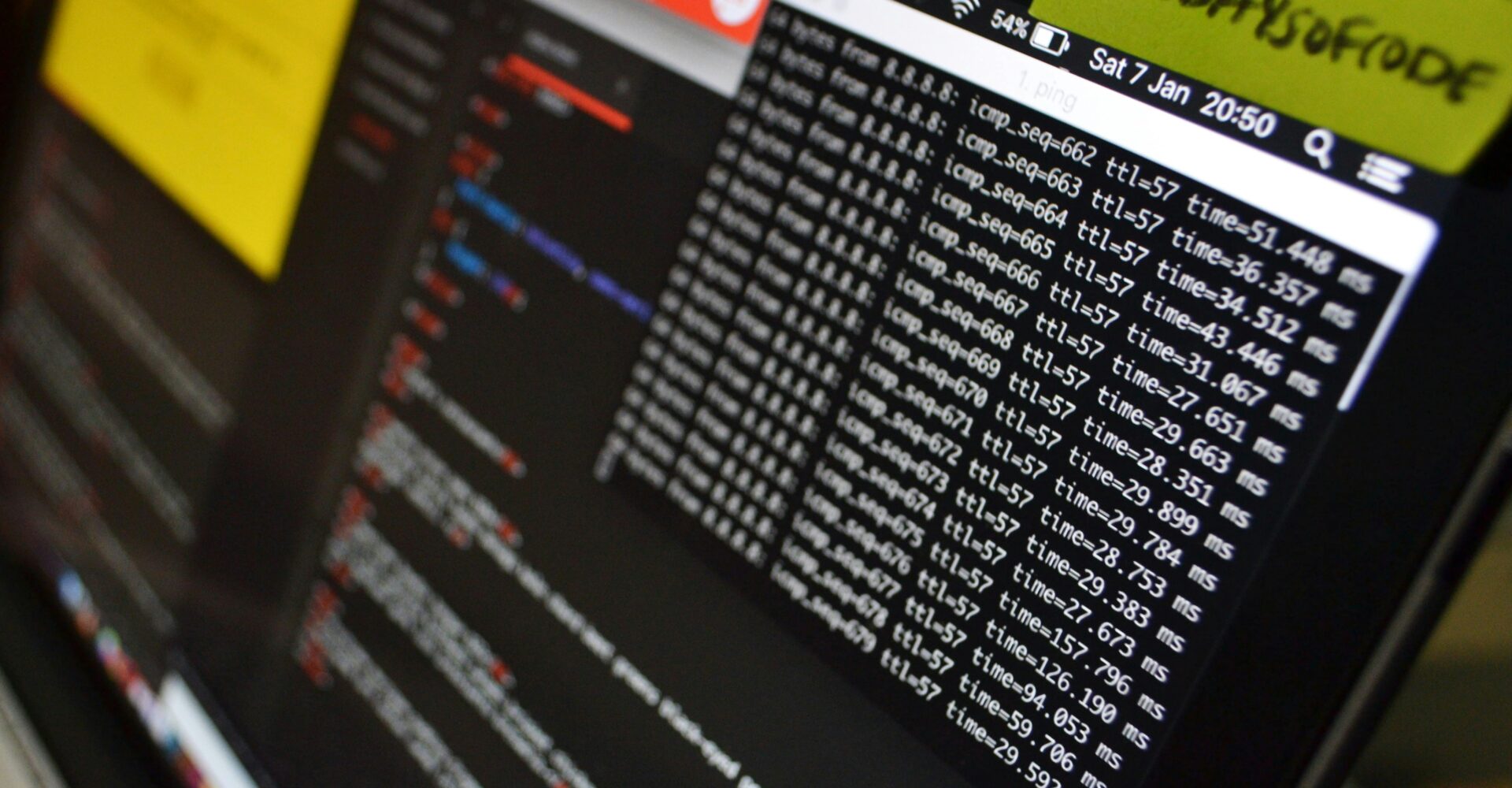The AI Revolution in Cybersecurity: Trends You Need to Know in 2025
Artificial intelligence (AI) is no longer a futuristic concept; it is a transformative force rapidly reshaping industries across the globe. In the realm of cybersecurity, AI’s impact is particularly profound, offering both unprecedented opportunities for enhancing defenses and creating new challenges in the ever-evolving threat landscape. The increasing volume and sophistication of cyberattacks have made traditional security measures insufficient, necessitating the adoption of intelligent, AI-powered solutions. This report delves into the key trends at the intersection of AI and cybersecurity in 2025 and beyond, exploring how AI is currently being utilized to fortify defenses, the ways in which cybercriminals are leveraging this technology, the crucial statistics highlighting its growing importance, and the future predictions shaping the security landscape.
The Current State of AI in Security and Cybersecurity: Fortifying Defenses
Artificial intelligence is proving to be a pivotal technology in bolstering cybersecurity defenses, particularly in its ability to analyze vast quantities of data with remarkable speed and accuracy. The sheer scale of data generated by modern IT infrastructures, coupled with the velocity of emerging threats, often surpasses the capacity of human analysts. AI algorithms, especially those based on machine learning (ML) and deep learning (DL), excel at identifying subtle patterns and anomalies within these massive datasets that could indicate malicious activity. This capability allows organizations to proactively detect and respond to potential cyberattacks far more efficiently than through traditional, manual methods. The ability of AI to process and correlate information from diverse sources in real-time provides a significant advantage in identifying threats that might otherwise go unnoticed.
Beyond identifying known attack patterns, AI is also being increasingly employed for behavioral analysis. By establishing a baseline of normal user and system behavior, AI-powered tools can detect deviations that may signal insider threats, compromised accounts, or other suspicious activities. This proactive approach to security focuses on identifying anomalies rather than relying solely on pre-defined signatures of known threats. The ability to learn and adapt to normal behavior patterns allows AI to flag potentially malicious actions that might not trigger traditional security alerts, providing an additional layer of defense against both external and internal threats.
The sophistication of modern cyberattacks, including Advanced Persistent Threats (APTs) and zero-day vulnerabilities, demands equally advanced detection mechanisms. AI is playing a crucial role in this area, with advancements in AI-based application security solutions demonstrating the ability to detect previously unknown vulnerabilities. Machine learning algorithms are also being utilized for automated threat hunting, enabling faster and more accurate identification of complex attacks like APTs that often evade conventional security measures. The adaptive nature of AI allows it to continuously learn from new attack vectors and indicators, making it a powerful tool in identifying and mitigating these sophisticated threats that traditional signature-based systems often struggle to address. The increasing complexity of the threat landscape directly necessitates the adoption of AI-driven detection capabilities, as attackers themselves are beginning to leverage AI to enhance their malicious campaigns.
AI in Vulnerability Management: Predicting and Patching Weaknesses
Vulnerability management, the process of identifying, classifying, prioritizing, and remediating security weaknesses in systems and software, is being significantly enhanced through the integration of artificial intelligence and machine learning. AI algorithms can analyze historical vulnerability data, exploit information from various sources, and real-time threat intelligence feeds to predict which vulnerabilities are most likely to be exploited. This predictive capability allows security teams to prioritize their patching efforts, focusing on the weaknesses that pose the greatest risk to the organization. By anticipating potential attack vectors, organizations can proactively strengthen their security posture and reduce their overall attack surface.
The concept of “agentic AI” is emerging as a transformative force in vulnerability management. Agentic AI systems possess the ability to continuously collect and monitor data from various security sources, perform behavioral analysis to detect anomalies, make autonomous decisions in response to threats, and adapt their strategies through continuous learning. This represents a shift towards a more proactive and automated approach to vulnerability management, where AI can independently detect and respond to threats in real time without human intervention. Such autonomous capabilities can significantly reduce the mean time to remediation (MTTR) and improve overall security efficiency.
Several vulnerability management tools are already leveraging the power of AI. Platforms like Balbix utilize AI-driven asset visibility and risk quantification to provide clear, actionable insights and simplify decision-making processes, particularly in complex hybrid environments. Qualys VMDR offers comprehensive vulnerability detection, management, and response within a unified platform, incorporating AI-powered risk prioritization to help organizations focus on the most critical threats. The integration of AI into these established tools highlights the practical application and growing importance of AI in modern vulnerability management strategies.
AI-Powered Incident Response: Automating and Accelerating Remediation
Incident response, the process of handling and recovering from security incidents, is being revolutionized by the integration of artificial intelligence. AI is transforming incident response by automating various aspects of the process, including threat detection, incident prioritization, and the orchestration of response actions. AI-driven systems can analyze security alerts, correlate them to identify ongoing attacks, and automate workflows to ensure timely and effective responses. This automation significantly reduces the manual effort required from security analysts, allowing them to focus on more complex and strategic tasks. The speed at which cyberattacks can spread necessitates such automated capabilities to minimize the potential damage.
AI also plays a crucial role in enhancing threat intelligence, which is a vital component of effective incident response. AI algorithms can process and analyze vast amounts of threat intelligence data, including information on known attackers, their tactics, techniques, and procedures (TTPs), and indicators of compromise (IoCs). This allows security teams to more effectively identify IoCs, predict future attack trends, and proactively adapt their security measures. AI-enhanced Cyber Threat Intelligence (CTI) pipelines streamline the processing of threat data, providing security teams with actionable insights to improve their incident response capabilities.
The concept of AI-driven Security Orchestration, Automation, and Response (SOAR) systems is also gaining prominence. Next-generation Security Information and Event Management (SIEM) platforms are incorporating AI to accelerate the detection, investigation, and response to security incidents. By integrating AI with SOAR capabilities, organizations can automate repetitive tasks, orchestrate complex response workflows across different security tools, and ultimately improve the efficiency and effectiveness of their security operations centers (SOCs).
AI for Data Protection and Privacy: Safeguarding Sensitive Information
Artificial intelligence and machine learning are increasingly being utilized to enhance data protection and privacy measures within organizations. The data loss prevention (DLP) segment of the AI in cybersecurity market is expected to experience rapid growth, driven by the increasing emphasis on safeguarding sensitive and confidential information. AI algorithms can analyze data content and context to identify sensitive data, detect anomalies that might indicate data exfiltration attempts, and enforce data protection policies more effectively than traditional rule-based systems.
AI also plays a role in the implementation and management of Zero Trust Architecture (ZTA). ZTA operates on the principle of “never trust, always verify,” requiring continuous authentication and authorization for every user and device attempting to access resources. AI can enhance ZTA by providing dynamic risk assessments based on user behavior, device posture, and other contextual factors, enabling adaptive access controls that adjust in real time based on the level of risk. This continuous monitoring and risk assessment strengthens the security posture and helps mitigate both insider threats and external attacks.
While not explicitly detailed in the provided snippets for data protection, AI techniques like federated learning are emerging as potential solutions for privacy-preserving security analysis. Federated learning allows AI models to be trained on decentralized datasets without the need to centralize sensitive information, potentially enabling collaborative security analysis while adhering to data privacy regulations.
Key Statistics and the Growing Importance of AI in Cybersecurity
The increasing importance of AI in cybersecurity is underscored by the significant growth projected for this market. According to Polaris Market Research, the global AI in cybersecurity market is expected to grow from USD 31.38 billion in 2025 to USD 219.53 billion by 2034, exhibiting a compound annual growth rate (CAGR) of 24.1%. MarketsandMarkets valued the market at USD 22.4 billion in 2023 and projects it to reach USD 60.6 billion by 2028, with a CAGR of 21.9%. Grandview Research estimated the market size at USD 25.35 billion in 2024 and forecasts a CAGR of 24.4% to reach USD 93.75 billion by 2030. Similarly, SNS Insider reported a market size of USD 22.1 billion in 2023, with projections reaching USD 120.8 billion by 2032 at a CAGR of 20.8%.
| Source | Year | Market Size (USD Billion) | CAGR (%) & Period |
|---|---|---|---|
| Polaris Market Research | 2025 | 31.38 | 24.1 (2025-34) |
| Polaris Market Research | 2034 | 219.53 | |
| MarketsandMarkets | 2023 | 22.4 | 21.9 (2023-28) |
| MarketsandMarkets | 2028 | 60.6 | |
| Grandview Research | 2024 | 25.35 | 24.4 (2025-30) |
| Grandview Research | 2030 | 93.75 | |
| SNS Insider | 2023 | 22.1 | 20.8 (2024-32) |
| SNS Insider | 2032 | 120.8 |
These substantial growth projections highlight the increasing recognition of AI’s critical role in addressing the escalating challenges of cybersecurity. The frequency and cost of data breaches continue to rise, with almost three-quarters of breaches attributed to human error. In 2023, 8 billion records were breached, and the average cost of a data breach has increased by 15% in recent years. Notably, organizations that have fully deployed AI in their security infrastructure have experienced significantly lower costs associated with data breaches. This growing threat landscape and the potential for significant cost savings are driving increased investment in AI cybersecurity technologies, with 91% of security solution developers prioritizing AI in their research and development efforts.
Conclusion: Embracing the Intelligent Security Era
The landscape of cybersecurity is undergoing a profound transformation driven by the rapid advancements in artificial intelligence. AI is proving to be an indispensable tool for enhancing threat detection, managing vulnerabilities, automating incident response, and protecting sensitive data. However, this powerful technology is also being leveraged by cybercriminals to create more sophisticated and evasive attacks. The statistics clearly indicate the increasing importance and investment in AI for cybersecurity, and future trends suggest an even greater reliance on intelligent systems for both offense and defense. To navigate this evolving landscape effectively, organizations and individuals must remain informed, embrace proactive security measures, and recognize the critical role that AI will play in shaping a more secure digital future.




